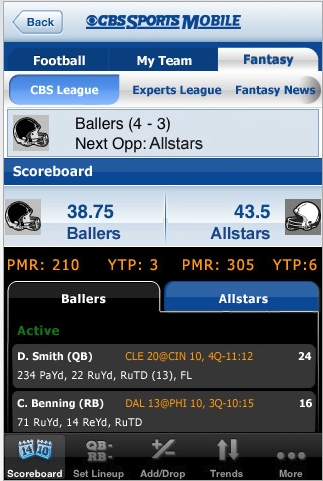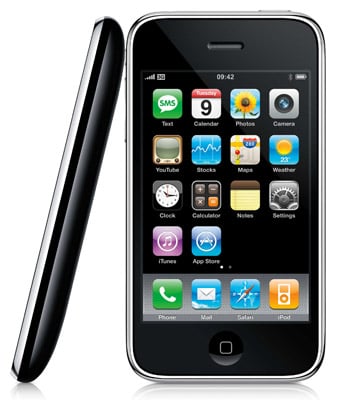 When you think about Fantasy Football, do you think about it as a complete marketing opportunity? More likely than not you don’t, however, you should. There was a great article in MediaPost yesterday that described the benefits of focusing a marketing program around this annual Fall phenomenon. Would it work for marketers not selling a non athletic product? Yes, specifically for this point:
When you think about Fantasy Football, do you think about it as a complete marketing opportunity? More likely than not you don’t, however, you should. There was a great article in MediaPost yesterday that described the benefits of focusing a marketing program around this annual Fall phenomenon. Would it work for marketers not selling a non athletic product? Yes, specifically for this point:
“For advertisers, these are highly dedicated, highly committed players with very, very attentive engagement,” says Paul Charchian, president at Fantasy Sports Trade Association. (quote courtesy of USA Today). Paul touches on another key point in his second statement: “It’s extremely cost-effective entertainment, and it remains an important part of the social networking for men“.
I spend a lot of time on my CBS Sports Fantasy Football page – currently, Edge Gel has the advertising monopoly there. Coincidence? Not if you bear in mind the quote from Paul above. This is a very specific audience that spends a significant time on their respective football sites – targeting them with ads that are relevant and useful to them are bound to make a positive impression for the companies placing those ads. That’s why you will see truck manufacturers, major electronics chains, and other purveyors of goods mostly bought by men advertising on every major fantasy site offering in market – if they are smart. As the MediaPost article above references, marketing around a passion point like Fantasy Football offers more than more than meets the eye at first:
1. Integrated Marketing Platform, coupling an offline event (the game) that is still ‘appointment’ TV – less likely to be recorded and watched at a later time – with online tools to track player stats, your team, and your league standings.
2. Social Networking opportunity – whether it’s gaining an edge on your opposing owners, or smack talking during Sundays many of the sites offer one to one or one to many tools for easy communication.
3. Loyalty– this is an addictive past-time. As such, active owners of fantasy teams are not limiting their perusal of their favorite sports sites to just Sundays. They are hitting them every day of the week, often multiple times a day – offering the brand that is advertising a tremendous number of impressions to their campaign.
The NFL has embraced the extension of their brand into Fantasy Football – in doing so they have found additional avenues to engage with their target audience through a completely integrated marketing campaign – online, offline, broadcast, social media, and in some cases – print. How many other marketing campaigns can claim that level of integration? And we haven’t even touched on the positive response from the audience they serve… Well done, NFL.
David Veneski Integrated Marketing Fantasy Football, Integrated Marketing


 Honestly, this campaign baffles me a bit – hasn’t the Internet always been ours? Now Yahoo is giving us the persmission to actually state that obvious fact? Apparently so, and it is costing them $100M to grant that permission. Reading a summary of the campaign announcement on the
Honestly, this campaign baffles me a bit – hasn’t the Internet always been ours? Now Yahoo is giving us the persmission to actually state that obvious fact? Apparently so, and it is costing them $100M to grant that permission. Reading a summary of the campaign announcement on the 
 When you think about Fantasy Football, do you think about it as a complete marketing opportunity? More likely than not you don’t, however, you should. There was a great article in
When you think about Fantasy Football, do you think about it as a complete marketing opportunity? More likely than not you don’t, however, you should. There was a great article in  What’s the one personal item most people can’t live without? I bet if you ask the average person on the street, the majority would answer ‘My mobile phone’. It’s a connection point to friends and family that is almost always with you. You use it for voice, email, quick text messages, and in some cases (more often outside of the U.S.) it is your only computing device.
What’s the one personal item most people can’t live without? I bet if you ask the average person on the street, the majority would answer ‘My mobile phone’. It’s a connection point to friends and family that is almost always with you. You use it for voice, email, quick text messages, and in some cases (more often outside of the U.S.) it is your only computing device.